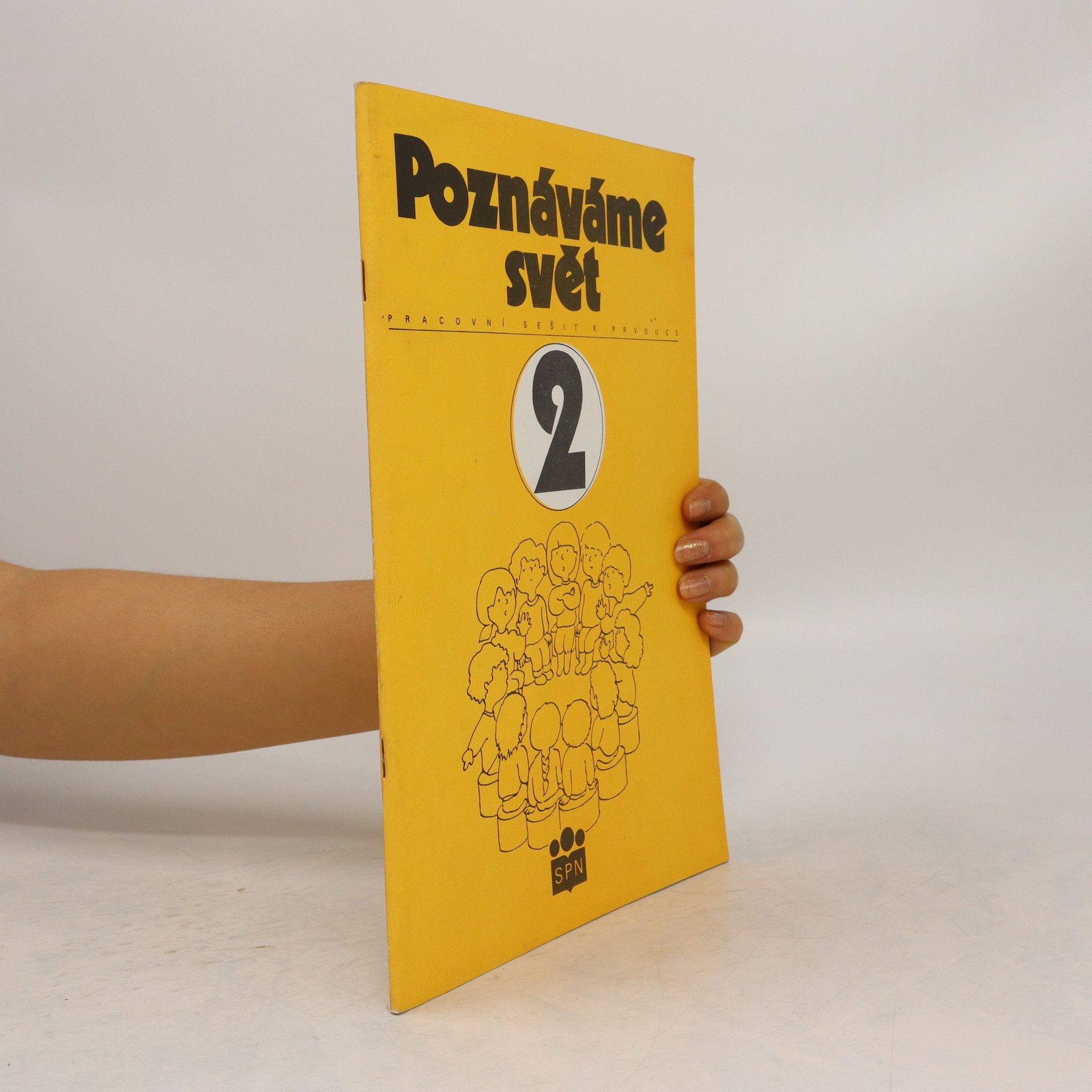Poznáváme svět. Pracovní sešit k prvouce 1
- 31 stránok
- 2 hodiny čítania






Key Features: Study methods Introduction to the text Summaries with critical notes Themes and techniques Textual analysis of key passages Author biography Historical and literary background Modern and historical critical approaches Chronology Glossary of literary terms schovat popis
Set in a mystical world, this narrative unfolds through the diary entries of a witch finder, revealing the complexities of magic and the supernatural. The protagonist grapples with their role in a society plagued by fear of witchcraft, exploring themes of power, morality, and the fine line between good and evil. As the story progresses, readers are drawn into a rich tapestry of character development and a gripping plot that challenges perceptions of justice and the consequences of one's actions.
The book features a chronological collection of selected academic papers by Michael W. Herbert, showcasing his written work during his Master of Divinity studies. It aims to provide insight into graduate-level writing in theological studies, highlighting the standards of research and scholarship involved. Through this compilation, Herbert hopes to benefit readers interested in understanding the academic rigor of the field.
Set against the backdrop of the Great Depression and the impending World War II, the narrative follows the students of Bemidji State Teachers College whose lives were irrevocably altered by the attack on Pearl Harbor. As America entered the war, many students enlisted in military service, facing the ultimate sacrifice. This poignant account honors their bravery and commemorates the lives lost in service to their country, highlighting the profound impact of war on a generation.
Eine philosophische und methodologische Untersuchung
Die Arbeit untersucht erstmals die Frage, ob die Radbruch'sche Formel auch im Falle gesetzgeberischen Unterlassens Anwendung finden kann. So ausführlich diskutiert wird, wie sich der Rechtsanwender verhalten soll, wenn positive Gesetze zu extremem Unrecht führen, so stiefmütterlich wurde bisher die Frage danach behandelt, was der Rechtsanwender tun kann, wenn gerade das Gegenteil – das Fehlen eines Gesetzes – zu extremem Unrecht führt. Der Autor analysiert, ob die Grundgedanken der Radbruch'schen Formel auf die Unterlassenssituation entsprechend zutreffen und welche Konsequenzen sich für den Rechtsanwender daraus ergeben. Während es im „Normalfall“ der Radbruch'schen Formel ausreicht, Gesetzen, die extremes Unrecht darstellen, die Geltung abzuerkennen, ist der Rechtsanwender im Fall gesetzgeberischen Unterlassens nämlich vor die Folgefrage gestellt, wie er die Gesetzeslage korrigieren kann bzw. darf.